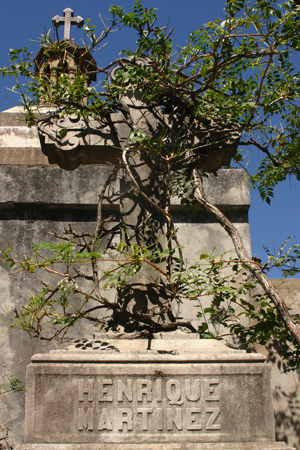
Documenting Recoleta Cemetery in Buenos Aires since 2007
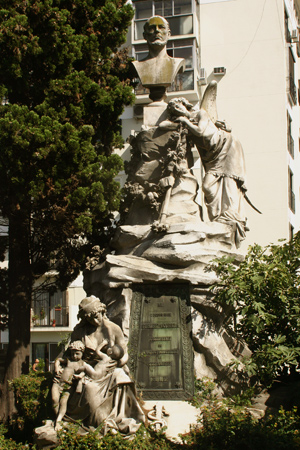
Looming along the back wall of the cemetery, the memorial for Toribio de Ayerza stands out for its oversized sculptures & the surrounding greenery… quite different from the norm in Recoleta Cemetery. Toribio surely saw a lot of sleepless nights, & his bust reflects that. The accompanying angel gazes innocently toward the heavens:
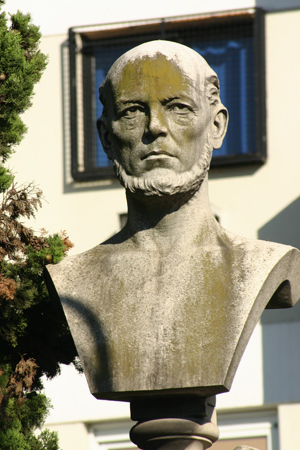
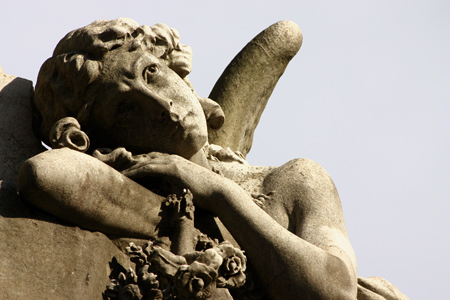
A Basque doctor who trained in Madrid & Paris, Ayerza arrived in Argentina in 1845 & brought with him the trachaeotomy—instrumental in relieving symptoms of diphtheria in children. The bacteria responsible for the disease causes thick mucous membranes to form in the airway. By inserting a tube in the windpipe, the patient gains valuable time for other treatment to be administered. Symbols of Ayerza’s profession & those children he helped decorate the lower part of the tomb:
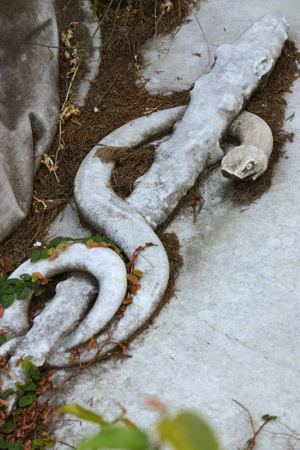
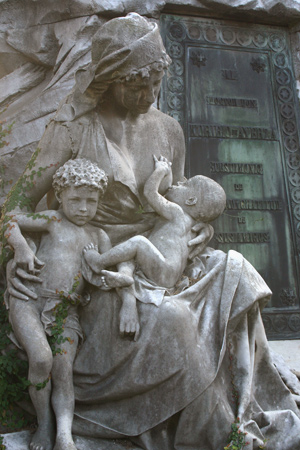
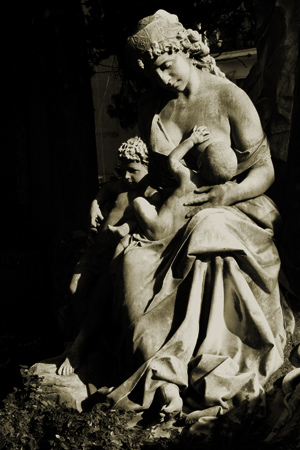
Along with Guillermo Rawson, Ayerza founded the Argentine Red Cross in 1880 but his public activities weren’t solely dedicated to medicine. As part of a growing Basque community in Buenos Aires, he also helped found Laurak-Bat —a Basque club with a restaurant that remains popular today (Avenida Belgrano 1169). The name translates to “the four are one,” meaning that the four Basque regions of Gipuzkoa, Bizkaia, Araba & Nafarroa share a common identity. The four individual coats-of-arms are combined on the front of the building along with a Basque flag:
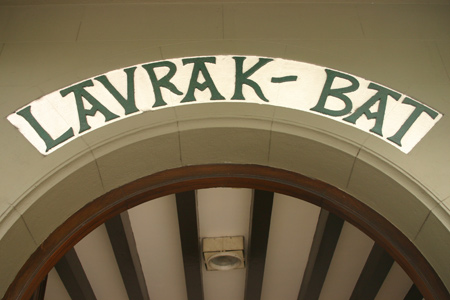
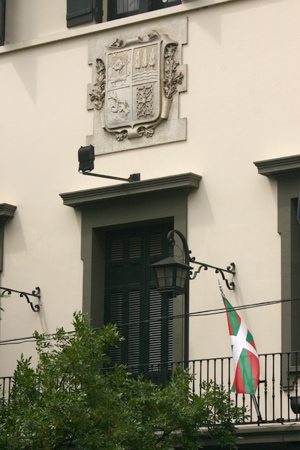
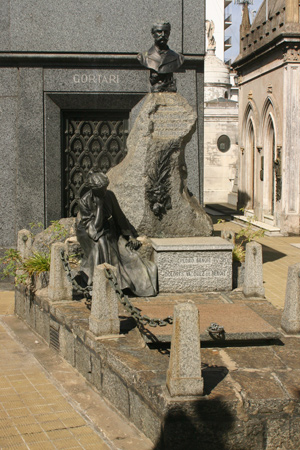
As one of the most important architects in Argentine history, Benoit is not recognized for the sheer number of buildings he constructed but instead for designing a city completely from scratch. Given the opportunity of a lifetime, Benoit was awarded the commission by Dardo Rocha to build the capital of the Province of Buenos Aires.
When Buenos Aires became the national capital & a separate federal unit, it had to relinquish control over an enormous area of land. This territory became the Province of Buenos Aires & needed its own capital city. Named La Plata, a site was chosen 30 km (17 mi) south of Buenos Aires & the foundation stone was laid in 1882. Benoit designed its grid plan criss-crossed by diagonals as well as most of the city’s government buildings & major churches:
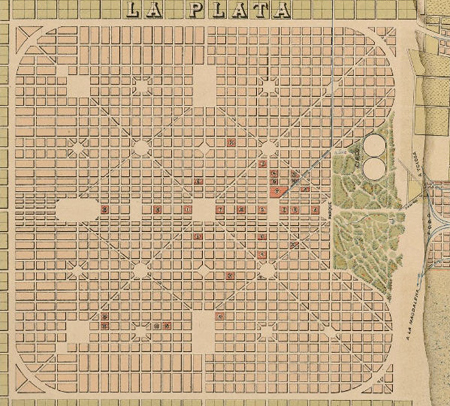
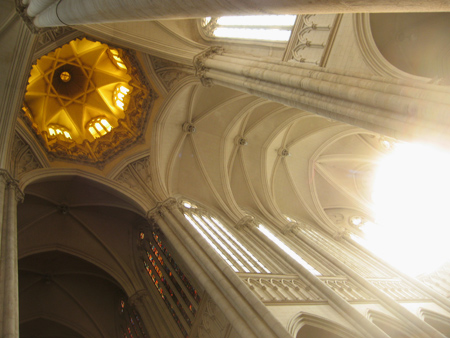
Obvious architecture/Masonic symbols & a plaque from the Comisión Pro-Templo in Mar del Plata hint to his social activities, both secular & religious:
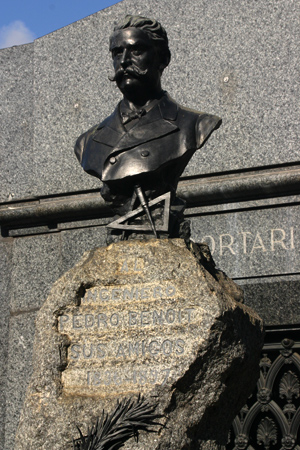
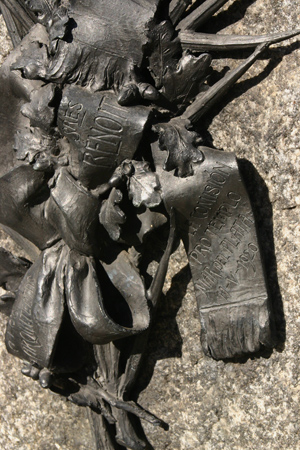
If Benoit’s accomplishments weren’t enough, his father claimed to be the Dauphin—the last Bourbon king of France. Since the French Revolution it was widely believed that Louis XVII, son of Louis XVI & Marie Antoinette, was secretly removed from prison at a young age & a sick boy replaced him who later died. By way of Haiti, Louis XVII arrived in Buenos Aires under the pseudonym Pierre Benoit in 1818. Maybe.
Maintaining his supposed royal past a secret, Benoit served in the Argentine Navy, married, & had two sons… one of them named after him: Pedro Benoit. One day Pedro’s father received a childhood friend from France. Immediately afterwards, Benoit was noticeably shaken & his health took a turn for the worse. No one knows what was said between the two, but Pierre Benoit died within 24 hours. On his deathbed, he confessed to be Louis XVII. That would make Pedro, the architect son of Pierre, French royalty. Maybe.
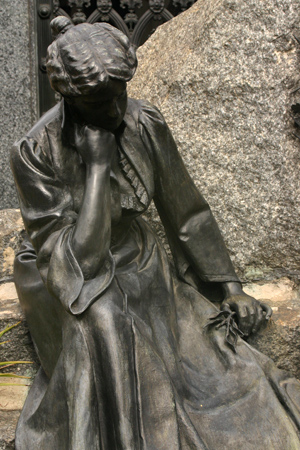
Only recently has the fate of Louis XVII been settled. “The Lost King of France” by Deborah Cadbury (2002) chronicles the French Revolution & closely examined events afterwards. After the autopsy of the sick boy in prison, his heart was removed & kept by a doctor with royal sympathies. Recently submitted for DNA testing, the heart proved to be of the same lineage as Marie Antoinette… confirming that the boy who died under horrible conditions in solitary confinement was indeed Louis XVII. No child had been substituted for the real Dauphin.
Regardless, Pedro Benoit is a legend in his own right for good urban planning… royalty or not. The vault was declared a National Historic Monument in 1983.
Update (Oct 2021): A family descendant, Alejandro Zuccarelli Benoit, has written a book about the legacy of Benoit in an attempt to recover his story. Interviewed by the La Plata newspaper El Día, Benoit shared the following photo of Pedro Benoit’s tomb in Recoleta Cemetery… note the lack of mausoleums that had yet to be built!
